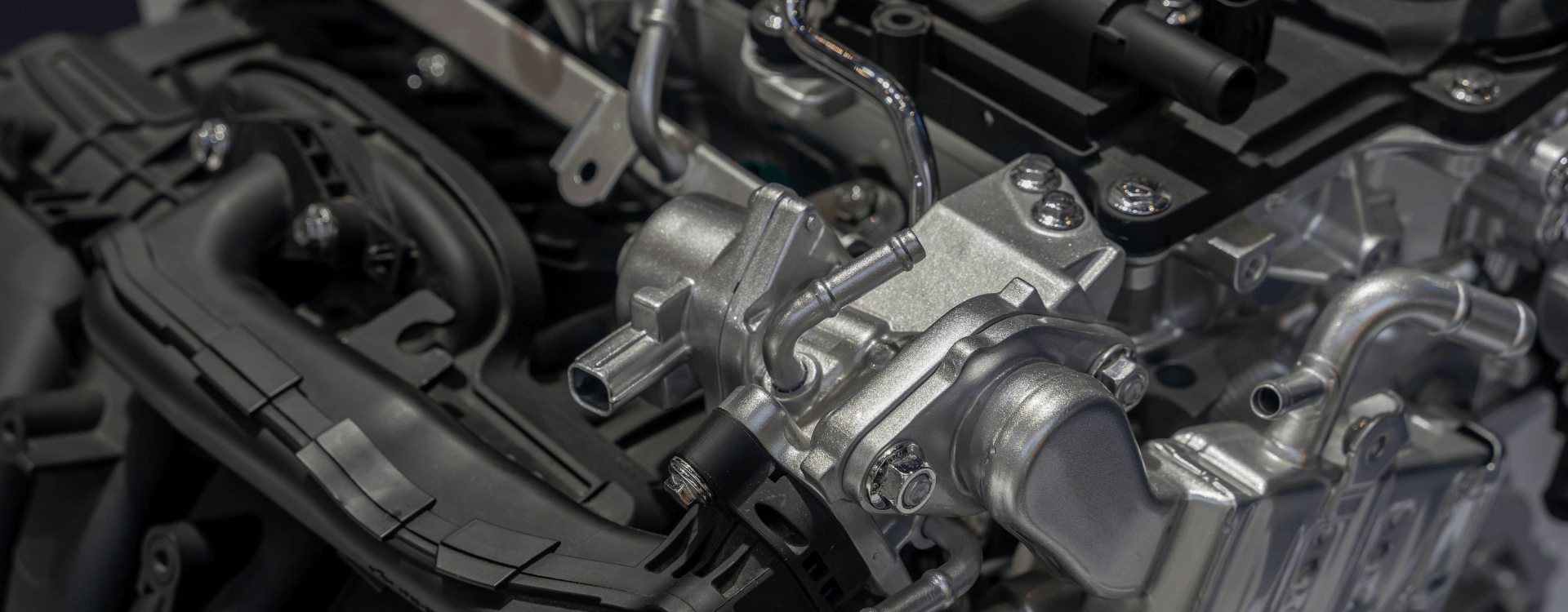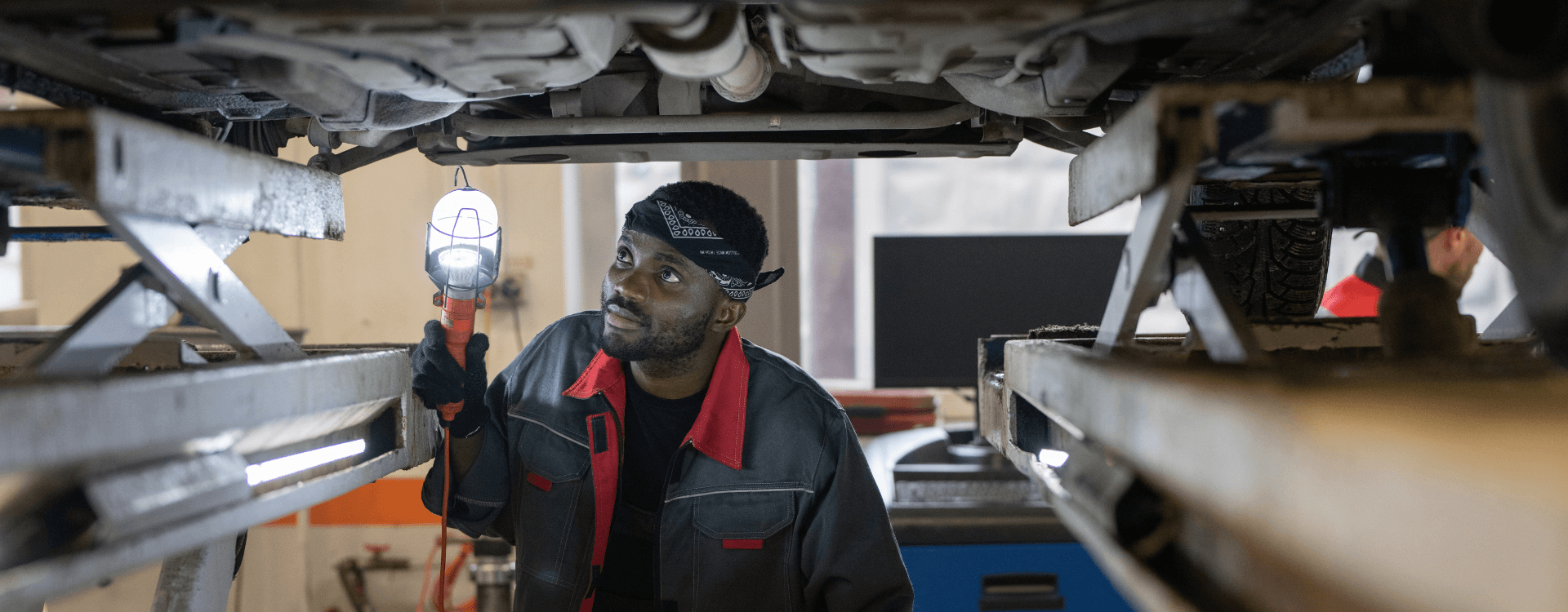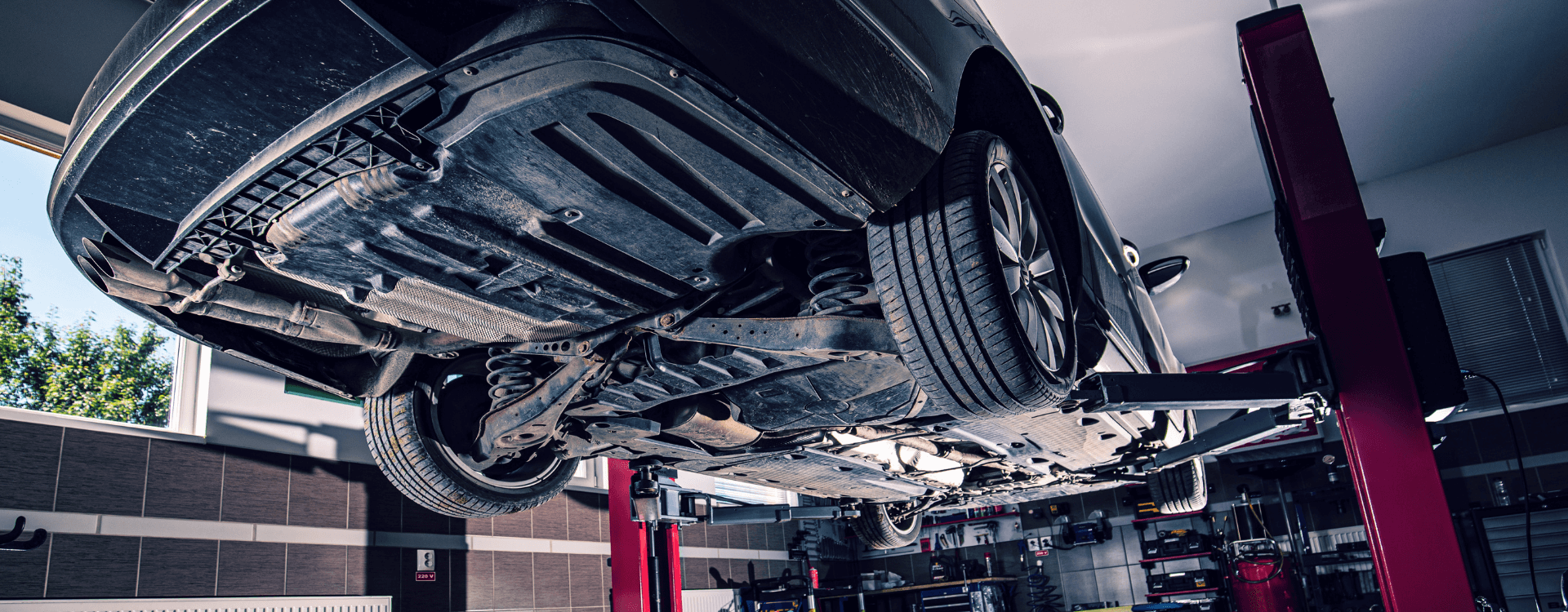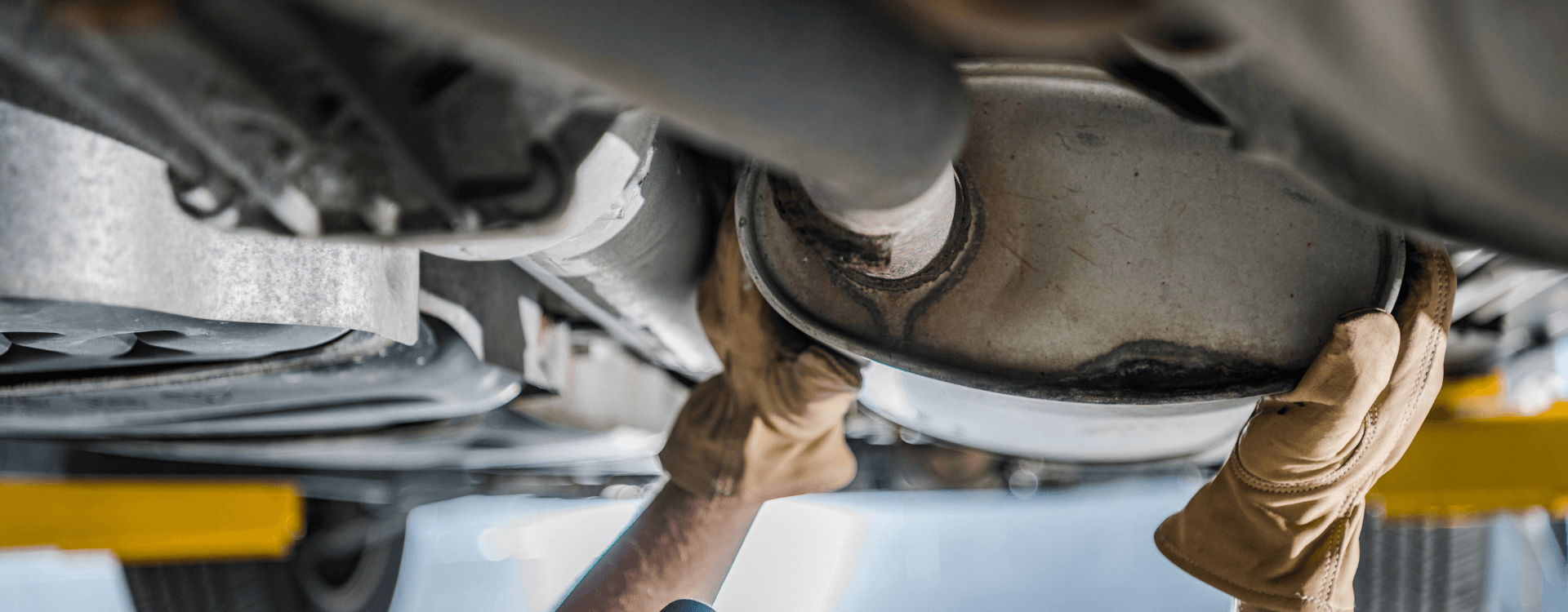
Car pollution and EURO standards, towards a more breathable air
The pollution caused by combustion engine vehicles is more topical than ever. Each car manufacturer highlights its ability to reduce the polluting emissions of its latest models. The rate of harmful emissions is lower and lower and we start to dream of a car that is finally (almost) clean. But what drives Renault, PSA and other Mercedes to take care of our little lungs ? The EURO standards, quite simply. The what ? Particulate emissions standards developed by the European Union. These measures change regularly and require manufacturers to innovate to offer vehicles that are less and less polluting. If your car is new, you don't really need to worry. If your car is a few years old, it will become increasingly difficult to drive in major urban centres. Here's an update on emission standards in 2020.
The origin of the EURO standards
What is this standard ?
The EURO standard is an environmental regulation dating from 1991. It responds to the need to fight air pollution caused by road transport. It was initially aimed at heavy goods vehicles and was later extended to light vehicles, commercial vehicles and motorbikes. Each standard specifies the level of harmful emissions not to be exceeded by petrol, diesel and GPL.
The EU has often been criticised for legislating on everything and anything and for drowning states in an avalanche of regulations that are difficult to implement. Yet the control ofautomotive pollution has not been one of its priorities. While catalysts have been present on American cars since the 1970s, the catalytic converter was not required in Europe until 1993, on new petrol vehicles (EURO 1 standard). It was not until 1997 for diesel engines (EURO 2 standard). As for the diesel particulate filter it was imposed in 2001, but was not made mandatory until 2011 on new cars (EURO 5 standard for diesels).
- EURO 1 : 1st put into circulation in 1993 ;
- EURO 2 : 1st put into circulation in 1997 ;
- EURO 3 : 1st put into circulation in 2001 ;
- EURO 4 : 1st put into circulation in 2006 ;
- EURO 5 : 1st put into circulation in 2011 (and 2013 for the 5 b) ;
- EURO 6 : 1st put into circulation in 2015 (and 2018 for the 6 c).
The standards are becoming increasingly restrictive. For example, nitrogen oxides (the NOx) were only regulated from EURO 3 onwards. And it was not until EURO 5, in 2010, that fine particles from petrol engines were tackled. This is when DPF began to be used more widely for diesel engines.
What pollutants were tested ?
The 4 pollutants considered most dangerous to health are tested :
- the nitrogen oxides (NOx),
- the particles,
- the unburned hydrocarbons,
- the carbon monoxide (CO).
The CO2is not part of the emission limits of the EURO standard. The carbon dioxide control is being considered by the authorities as part of a much more general plan.
The EU plans to launch Copernicus, a space-based Earth observation programme, in 2026. Rather than measuring polluting emissions from the ground, the aim is to assess them using satellites and a relay of ground-based beacons.
According to an online article updated on 5 September 2020, Auto Plus magazine states that the EU has voted to a 37.5% reduction in CO2 for light vehicles (31% for commercial vehicles). This new standard comes into force by 2030.
What is the standard of my car ?
If you want to know the pollution level of your car or city car, you can find the answer by looking at the year it was put on the road. If your car is new, just refer to what we said above.
This information can be found on the vehicle registration document. B box indicates the date of first registration and V9 box the environmental class. The standard appears in full at the end of the code.
New tests with the standard EURO 6
The NEDC is dead, long live the WLTP
If I tell you Diesel Gate, does that ring a bell ? If you answer no, chances are you were in a cave in September 2015. For the rest of us, we're obviously referring to the scandal that rocked the automotive world. Volkswagen was found guilty of falsifying the emissions tests of its vehicles to make them look cleaner than they actually were. The shockwaves were phenomenal and the German giant's image is forever tarnished by this dark and inglorious affair.
What does this have to do with the EURO 6 standard ? It is precisely as a result of this event that the approval protocols for cars have changed. The German firm is accused of having placed a box on the tested vehicles to cheat the NOx results. The scandal highlights that the testing methodology is outdated and out of step with the reality of today's driving.
Thus, the 6b standard buries the NEDC [New European Driving Cycle] which is sorely lacking in realism. Cold engine testing, switched off air conditioning, overinflated tyres are some of the complaints against the old NEDC, which has been in force since 1973. It is being replaced in 2018 by le WLTP [Worldwide Harmonised Light Vehicles Test Procedures], carried out in conditions closer to reality, with notably sharper accelerations.
Towards the standard EURO 7
The standards evolve at a frequency of about 5 years. The last one dates back to 2015, so it is logical that the EURO 7 standard is expected soon, still in the same spirit of limiting harmful emissions for health and the environment. It is already on the agenda of the European Commission, which has been working on it for several years as part of the European Green Deal. The European body plans to adopt the text by the end of 2021.
Standard EURO and thumbnail Crit'Air
Standard EURO and thumbnail Crit'Air are obviously linked. The Crit'air sticker simply indicates the pollution level of your car. It is not mandatory in itself, but becomes so if you wish to drive in a low mobility emission zone [the ZFE], during pikes in pollution.
There are 6 stickers. The higher the number, the more polluting the vehicle. Electric and hydrogen vehicles can proudly display a white circle edged in green while combustion engine vehicles share a classification of 1 to 5, with the colour code that goes with it.
The sticker depends on the type of vehicle you own [car, commercial vehicle, two-wheeler, etc.], the type of fuel [or energy] used and finally the EURO standards. The correspondences are as follows :
- Crit’Air 1 for petrol vehicles meeting EURO 5 and 6 standards and hybrid engines ;
- Crit’Air 2 for the Diesel EURO 5 and 6 and the Petrol engines EURO 4 ;
- Crit’Air 3 for the Diesels EURO 4 and the Petrol engines EURO 2 and 3 ;
- Crit’Air 4 for the Diesels EURO 3 ;
- Crit’Air 5 for the Diesels EURO 2.
Notice to youngtimers, cars put on the road before 1996 are not classified and do not have a sticker. They therefore have no interest in venturing into the ZFE on differentiated traffic days. For more information, the complete classification of all vehicles is available on the website of the ministry of Ecological Transition.
Do you want to know if your Catalytic Converter is Bad ? Do you want to know if your DPF is clogged ?










